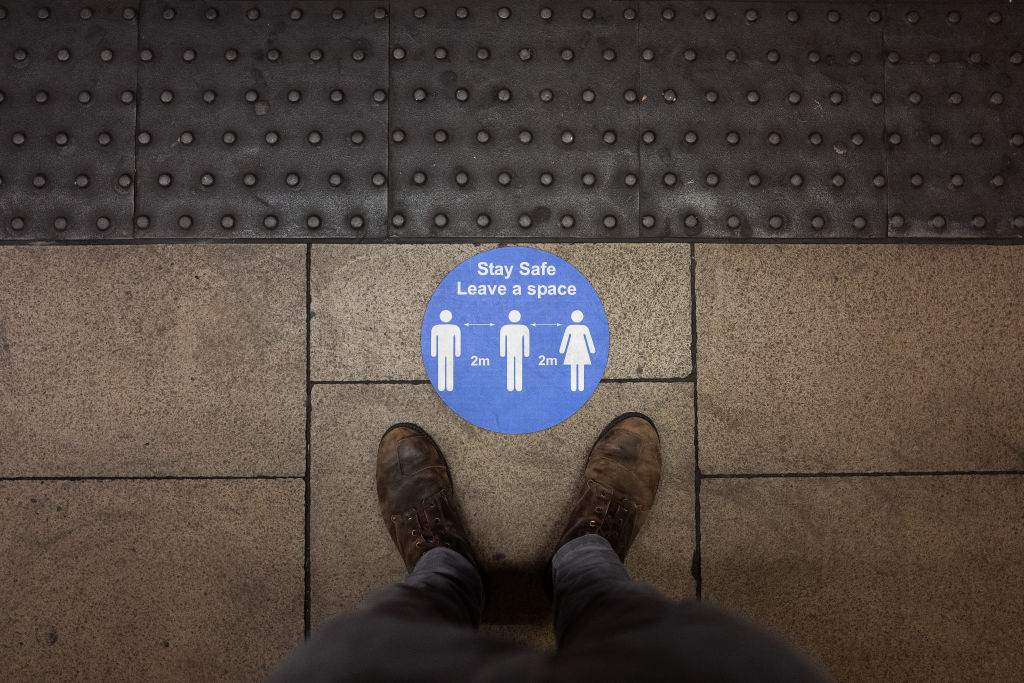How much has this week’s ructions in Downing Street been influenced by the Prime Minister’s decision, two weeks ago, to call for a new 28 day lockdown – and the subsequent questions asked of the data to justify it? On the one side are the 50 or so Conservative MPs who have joined the Covid Recovery Group calling for an end to lockdowns, and the many others who sympathise with them. On the other was Dominic Cummings, believed to be a keen proponent of lockdown.
Last week’s infection survey – the weekly Office of National Statistics study showing the prevalence of Covid-19 in the general population – suggested that the number of people with the disease had begun to level off even before the announcement of the new lockdown on 31 October.
But the survey did once before, in late September, record a levelling off in the prevalence of infections, only for them to rebound the following week. Today, the ONS has published the latest instalment of the infection survey, covering the week 31 October to 6 November – between the announcement of the second lockdown and it actually coming into effect. It confirms that the trend in prevalence appears to be continuing to level off. During that week, 654,000 people in England – 1 in 85 of the population — were estimated to have the virus. That was a slight increase on the estimate of 618,700 the previous week, but constitutes a slowing-down compared with the rate of increase seen in September and October.
The survey also estimates the rate of new infections. During the week ending 6 November, its central estimate is an infection rate of 8.75 per 10,000 people. This is slightly higher than the 8.38 central estimate measured the week before but lower than the 9.52 estimated two weeks earlier. However, there is a wide margin of error and it is not possible to say for sure whether the rate is falling or rising.
The survey suggest that the prevalence of Covid-19 is falling, from a high level, in the North West and Yorkshire and Humber, but rising slightly again in the North East, after a fall the previous week. The survey suggests prevalence is falling, too, in London and the East of England but rising, from a low level, in the outer South East and the South West.
Age bracket wise, prevalence seems to have peaked among secondary school children and student age groups but is rising slightly in all age groups over 35. The government will be keeping a particular eye on the over 70s, given that they suffer most and place the greatest burden on the NHS. Last week, the prevalence of Covid among the over-70s seemed to be levelling off, but this week’s survey shows a small rise. Again, all these figures have a wide margin of error, so it is not possible to say whether these are firm trends or not.
Next week’s figures should start to tell us whether the second lockdown in England has had any effect. This week’s figures, however, do allow us to study the effect of Wales’ two week lockdown – they cover the second week of that. Remarkably they show a rise in prevalence. In the week to 6 November, 1 in 85 people appeared to have Covid – the same as in England, but an increase in what has been measured in recent weeks. The trend in Wales, as measured by the ONS, does not seem to suggest any beneficial effect on the two week circuit-breaker. However, the sample size from Wales is a lot smaller than that for England and the figures are more volatile.
Overall, it is fair to say, the latest ONS figures do not appear to support those who argue lockdown is an essential tool to slow the virus.







Comments